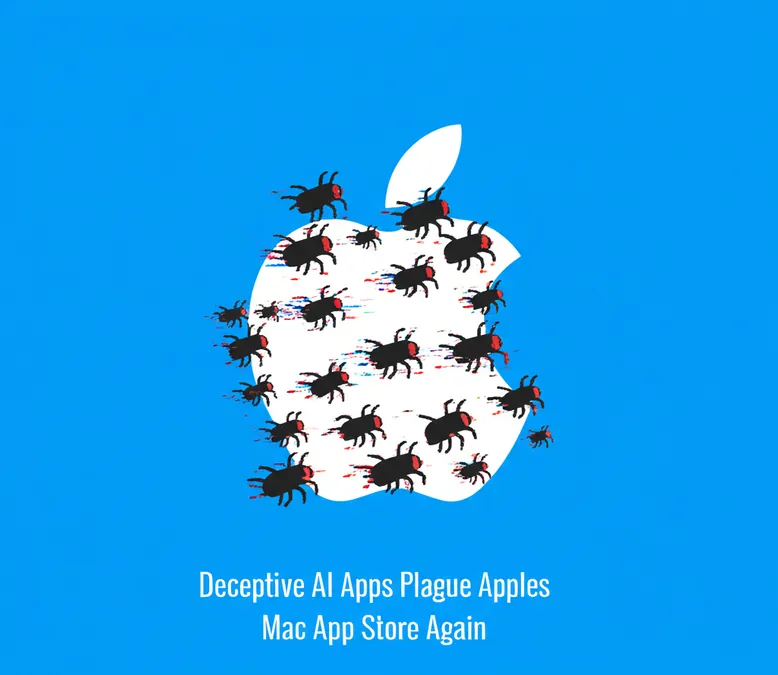Developer Offer
Try ImaginePro API with 50 Free Credits
Build and ship AI-powered visuals with Midjourney, Flux, and more — free credits refresh every month.
The Real Reason Behind The Scary Jobs and Stocks Chart
The Scariest Chart in the World
A compelling chart circulating on social media is causing a stir, illustrating a stark divergence in the American economy. Since the launch of ChatGPT in November 2022, the S&P 500 has skyrocketed by over 70%, while job openings have simultaneously dropped by about 30%. This dramatic split has earned the visual a chilling nickname: the “scariest chart in the world.”
At a glance, the narrative seems clear: artificial intelligence is creating wealth for investors while eliminating opportunities for workers. However, journalist Derek Thompson suggests this interpretation oversimplifies a much more complex economic reality.
The numbers themselves are accurate. Job openings hit a peak of 11.5 million in March 2022, the highest since the survey began in 2000, before falling to 7.18 million by August 2025. In the same period, the S&P 500 has seen impressive gains. Historically, job openings and the stock market have moved in tandem, making this current divergence an unprecedented event.
The Federal Reserve's Unseen Hand
According to Thompson, the main driver behind this trend isn't AI, but monetary policy. The critical detail is the timing: job openings peaked in March 2022, the exact same month the Federal Reserve initiated its campaign of raising interest rates to combat inflation. This campaign involved 11 rate hikes through July 2023.
The Fed's strategy was to cool down an overheating economy by making borrowing more expensive, which in turn reduces investment, spending, and hiring. The policy worked as intended, slowing the labor market. Other factors, such as President Donald Trump’s tariff policies and stricter immigration enforcement, have also contributed to the hiring slowdown by increasing costs and shrinking the available labor force.
Where Are Jobs Actually Disappearing?
If AI were the primary cause of job loss, one would expect the technology sector to be the hardest hit. However, a sector-by-sector analysis conducted by economist Preston Mui for Thompson’s Substack revealed the opposite. The “Information” sector, which includes software programmers and other tech professionals, saw the smallest decline in job openings.
Instead, the largest drops occurred in manufacturing, construction, and energy. These industries are highly sensitive to interest rates, as they rely on capital for investment. For example, construction job openings have fallen to their lowest levels in nearly a decade, a direct consequence of higher borrowing costs.
The AI-Fueled Stock Market Boom
While the broader job market cooled, AI-related stocks have been on fire. JPMorgan reports that AI stocks are responsible for 75% of the S&P 500's returns since late 2022, generating an estimated $5 trillion in wealth. The market rally has been driven largely by a handful of tech giants: Nvidia, Microsoft, Apple, Amazon, Alphabet, and Meta.
This concentration of gains in the so-called “Magnificent Seven” has led to concerns about a potential market bubble, with their combined value now making up over a third of the S&P 500 index. Interestingly, some of these companies, like Meta, have continued to reduce their headcount even as their stock prices have soared.
Early Signs of AI's Impact on Jobs
This is not to say that AI is having no effect. There is growing evidence that it is beginning to impact certain roles, particularly for those at the start of their careers. Research from Stanford University found that young workers aged 22-25 in fields highly exposed to AI saw a significant relative decline in employment.
Furthermore, JPMorgan research highlighted an unusually high unemployment rate among recent college graduates. Despite these trends, the Bureau of Labor Statistics still projects that many AI-exposed occupations, like software development, will see faster-than-average growth over the next decade as AI also creates new roles.
A Tale of Two Economies
As Thompson concludes in his Substack post, the 'scariest chart' points to an underlying truth: we are witnessing two distinct economies. There is a booming AI economy, concentrated in a few powerful companies, and a much more lackluster economy for everyone else.
Blaming this divergence solely on ChatGPT is an oversimplification. The current economic landscape is the result of a complex interplay of forces, including the Fed's monetary tightening, restrictive trade and immigration policies, and a speculative AI investment frenzy on Wall Street. Whether this leads to sustainable growth or an inevitable bubble is the question that remains.
Compare Plans & Pricing
Find the plan that matches your workload and unlock full access to ImaginePro.
| Plan | Price | Highlights |
|---|---|---|
| Standard | $8 / month |
|
| Premium | $20 / month |
|
Need custom terms? Talk to us to tailor credits, rate limits, or deployment options.
View All Pricing Details

